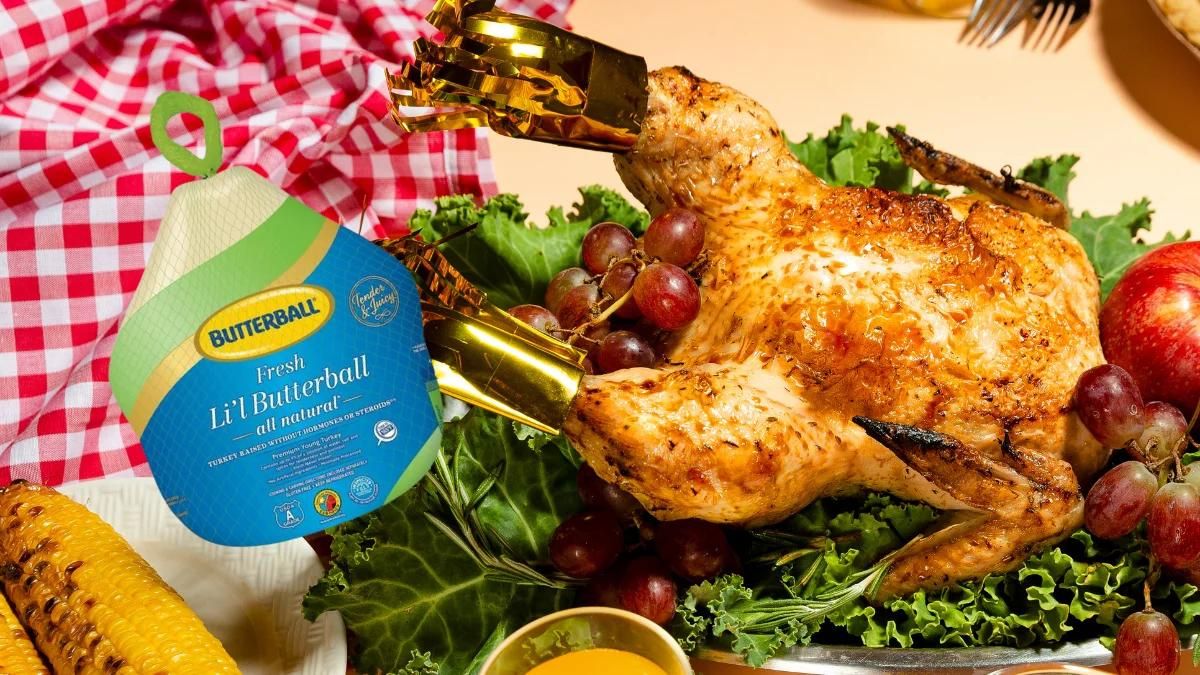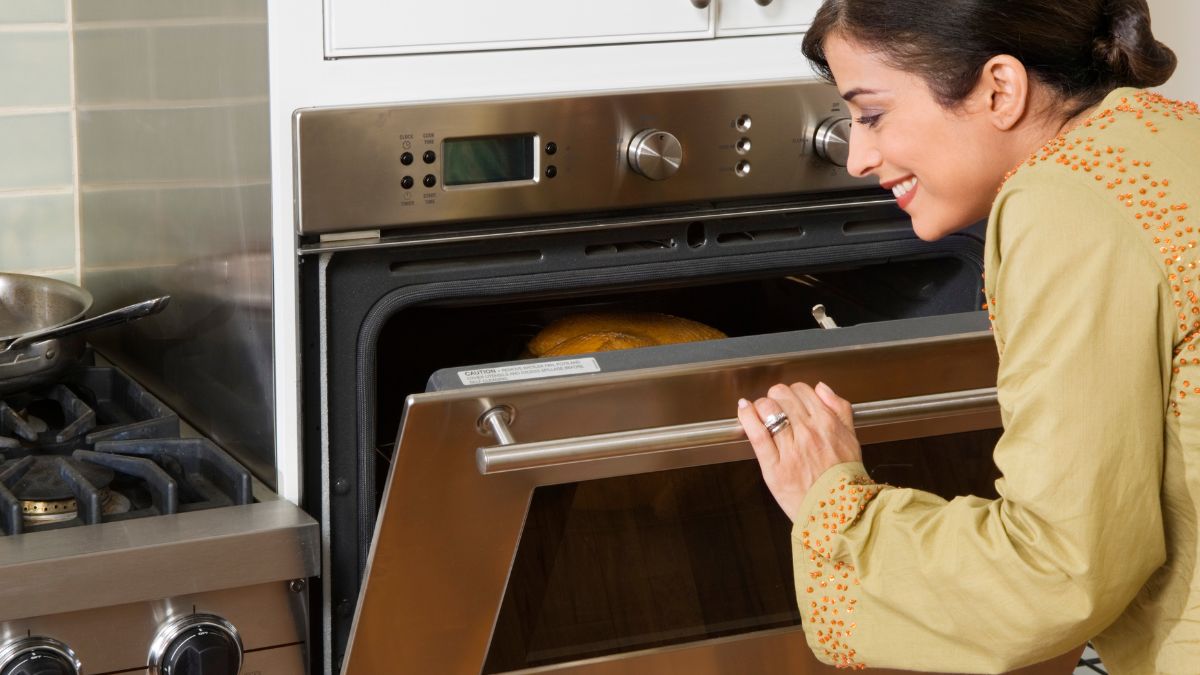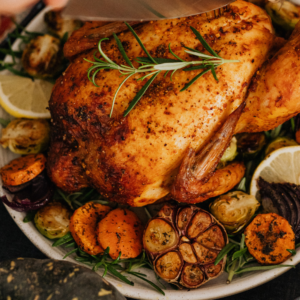How to Cook Fresh Li’l Butterball Turkey? [Everything You Need to Know]

Fresh Li’l Butterball Turkey is the perfect way to celebrate a holiday with your closest people. Here’s how I cook it, and I must say — the name says it all — it’s fresh, it’s small, and it’s absolutely delicious! Maybe a small but fancy Thanksgiving, Christmas, or dinner with your loved ones.
Perfect center of any gathering, this Butterball will make everything easier. Still, make sure to read these instructions for the best results! So, how to cook fresh Li’l Butterball Turkey?
What Is the Difference Between Fresh Whole Turkey and Fresh Li’l Butterball Turkey?
The main difference between a fresh whole turkey and a Fresh Li’l Butterball Turkey is the size. While a Fresh Whole Turkey is a big bird suitable for large gatherings, the Fresh Li’l Butterball Turkey is suitable for smaller dinners. The former can weigh up to 24 pounds and can feed up to 20 people, while a Fresh Li’l Butterball Turkey weighs up to 9 pounds and can feed up to 6-7 people.
Fresh Li’l Butterball Turkey is a product of the Butterball brand, while a Fresh Whole Turkey can be of any brand that sells turkeys. Still, the Butterball brand does offer both.
How to Prepare Li’l Butterball Turkey?
If you have ever cooked a turkey, you generally know what to do with Fresh Li’l Butterball Turkey. The main difference is that this one is smaller, which calls for some adjustments in temperature and duration wise. This is why the best thing to do is to follow these steps. So, let’s go!
Step 1: Thawing
This turkey is advertised as fresh and never frozen. However, “not frozen” refers to not being exposed to temperatures under 26 °F, i.e., -3 °C. So, you are likely to get your bird stiff.
Therefore, you’ll need to thaw it before cooking it. The thawing doesn’t take long, but it still needs to be done. I usually leave it at room temperature for about half an hour. I don’t do anything to it during this time, and I handle it after it’s been thawed.
Once your turkey is thawed, it’s time to remove the packaging and gently rinse it. Don’t forget to remove the neck and giblets. You can also pop your turkey in the fridge to thaw if the ambient temperature seems a little higher.
Step 2: Seasoning
The seasoning can be as simple or as complex as you want. Depending on what you combine your turkey with, you can season it with only salt and pepper or add herbs, paprika, powdered garlic, cayenne pepper, or other spices.
I prefer to make the marinade and rub it gently in the turkey. I mix salt, paprika, brown sugar, oil, and balsamic glaze and rub the mixture into the turkey. I let it sit for about 10 minutes, and then I pop it in the oven.

Step 3: Cooking
Before cooking the turkey, preheat the oven to 165 °F, i.e., 74 °C, for 15 minutes. Place the turkey on a parchment paper layered baking tray and place it into the oven on the middle rack. Now, the cooking duration is shorter than compared to cooking a full-sized turkey.
The 15-minutes-per-pound rule applies here, too, so if your turkey is 9 pounds, it will take about two and a half hours to roast it. Still, I usually check the turkey’s doneness when nearing two hours.
I usually know by its appearance when my fresh turkey is done, but if you are new to the turkey-cooking art, I suggest you use a thermometer. When the thickest part of the turkey thigh reaches a minimum internal temperature of 165 °F, i.e., 74 °C, your turkey is safe to eat.
Basting is optional but preferred. Collect the juices dripping from the turkey and cover it in them while baking. I usually do this twice after the first hour and a half. So, cook for an hour and a half, baste for another half hour, and then baste again.
It’s so satisfying when you know that the golden brown crust is the result of your basting efforts. Just look at that glow!
Step 4: Resting
Resting is an essential but often overlooked step. I know that you want to devour your juicy turkey as soon as possible, but you need to be patient and let it rest for about half an hour after cooking. This rest time allows for the turkey to set and the juices to distribute through the turkey and further tenderize the meat.
What to Serve with It?

You can serve your turkey with potatoes in all shapes and forms. Baked, roasted, mashed, or fried, all kinds of potatoes are welcomed with turkey. When it comes to serving it, fresh Li’l Butterball turkey is no different than any other turkey, so you can serve it with your regular turkey sides.
Sauces and gravies are always excellent turkey pairs. Worcestershire sauce, cranberry sauce, hollandaise sauce, Caesar salad dressing, Alfredo sauce, marinara sauce, or even plain mayo will make excellent companions to this dish.
All kinds of bread, such as ciabatta, a baguette, focaccia, brioche, sourdough, cornbread, wholegrain, or plain white bread, will do an excellent job soaking the delicious turkey juices.
Salads, such as green salad, summer salad, cream salad, or even pasta salad, make excellent sides. Fermented vegetables, such as kimchi, are another great idea.
Roasted or grilled veggies, cream soups, or cheese platters are all great ideas to enrich your turkey meal.

How to Store Leftovers?
Since this turkey is smaller in size, you probably won’t have a lot of leftovers, which is both a good and a bad thing. It’s a good thing because you won’t have any storage problems, and a bad thing because you won’t have much left.
Still, what you have left is definitely worth preserving, so proper storage is crucial if you want to enjoy your turkey a little longer. Don’t let the turkey sit at room temperature for over two hours, so once you’re done with it, store it immediately.
In the fridge, your leftovers will be good for up to four days, provided that you keep them in an airtight container or at least on a plate tightly wrapped in plastic wrap. You can also wrap the leftovers in aluminum foil and pop them in a regular container if you don’t have one that is airtight.
For longer storage, pop your Fresh Li’l Butterball Turkey leftovers in the freezer, and make sure they are safely placed in an airtight container. This way, your turkey leftovers will be safe for up to three months. [1]

Fresh Li’l Butterball Turkey
Ingredients
- 1 Fresh Li'l Butterball Turkey (9 lbs)
- 1 ½ tbsp Olive Oil
- ½ tsp Garlic Powder
- ½ tsp Paprika
- 1 tsp Italian Seasoning
- Dash of Cayenne Pepper
- Salt and Pepper to Taste
Instructions
- First, thaw your turkey.
- Then, mix the seasonings with the oil and rub it into your turkey.
- Next, preheat the oven to 165 °F, i.e., 74 °C, for 15 minutes.
- After 15 minutes, place the turkey on a parchment paper layered baking tray and place it into the oven on the middle rack.
- When it's baking for an hour, take it out, and baste it with the juices.
- The 15 minutes per pound rule applies here, too, so if your turkey is 9 pounds, it will take about two and a half hours to roast it. Still, I usually check the turkey's doneness when nearing two hours.
- Repeat the basting after 2 hours have passed.
- When the thickest part of the turkey thigh reaches a minimum internal temperature of 165 °F, i.e., 74 °C, your turkey is done.
- Allow your turkey some time to rest to make it ready for serving.
- Enjoy your turkey with the sides from the article!
Nutrition
Before diving into the nutritional details, please review our Nutritional Disclaimer page for important context and clarifications.
